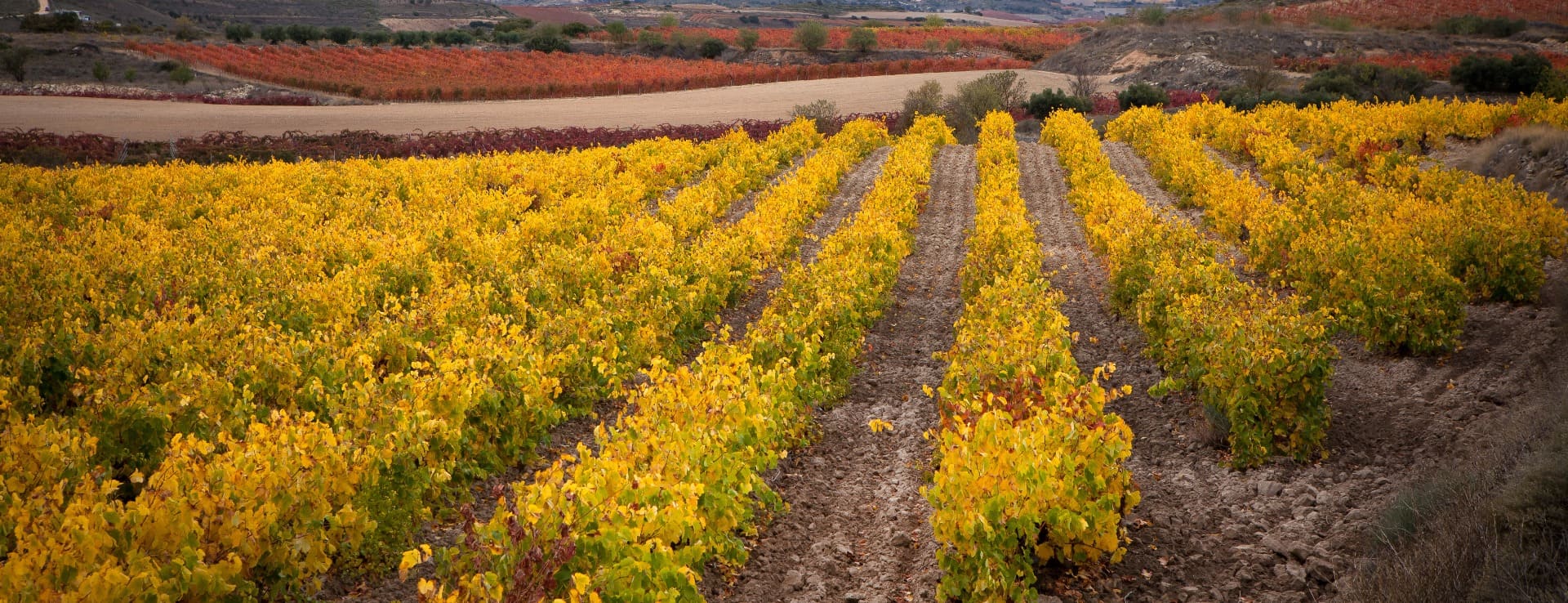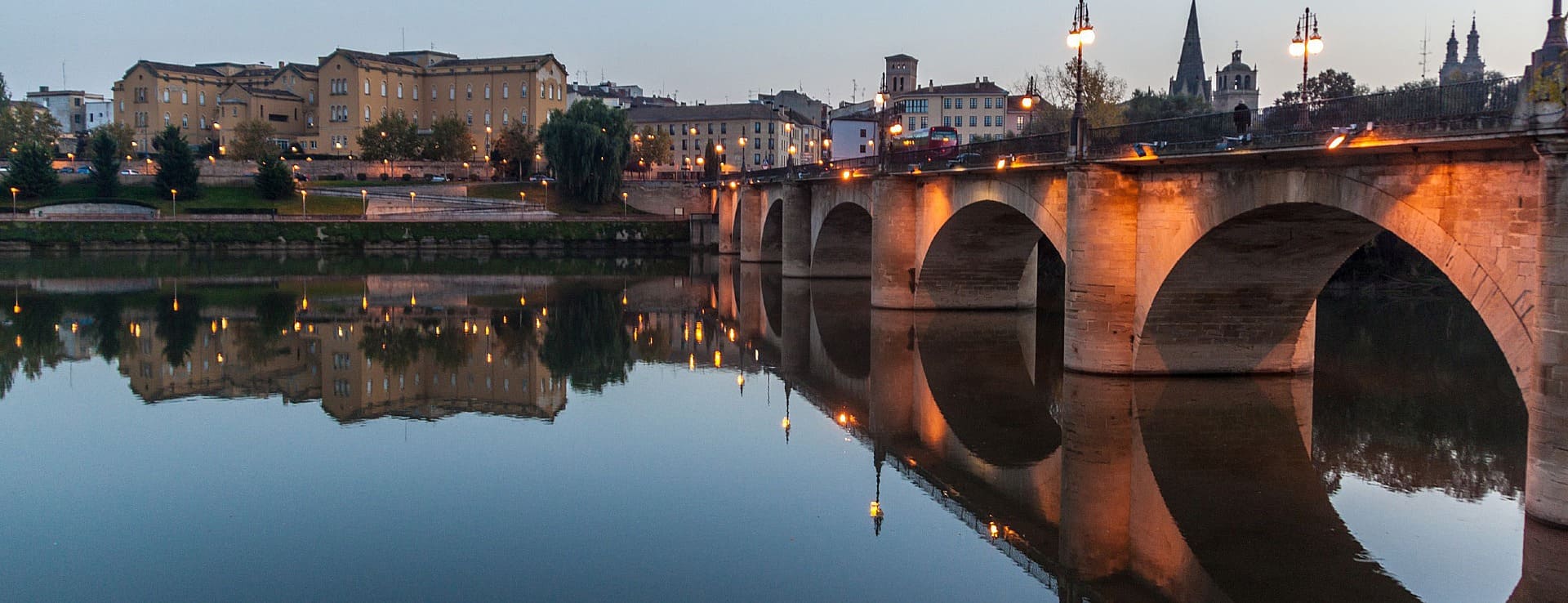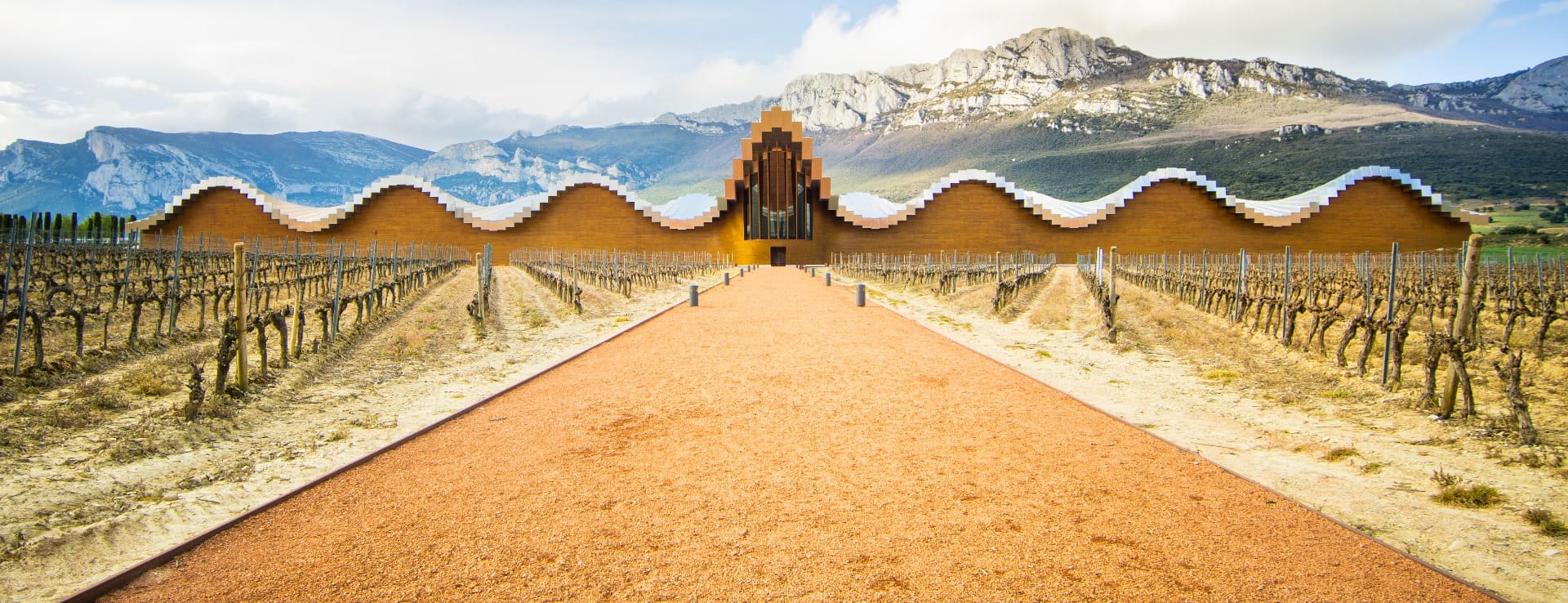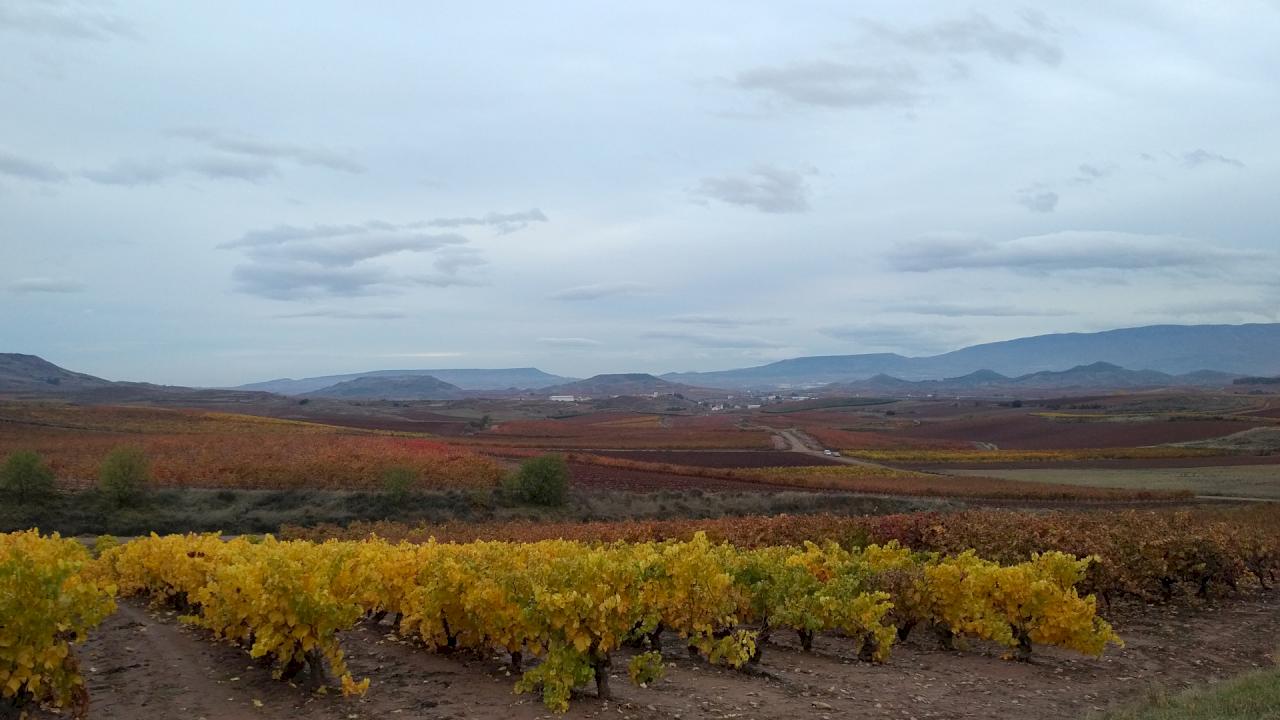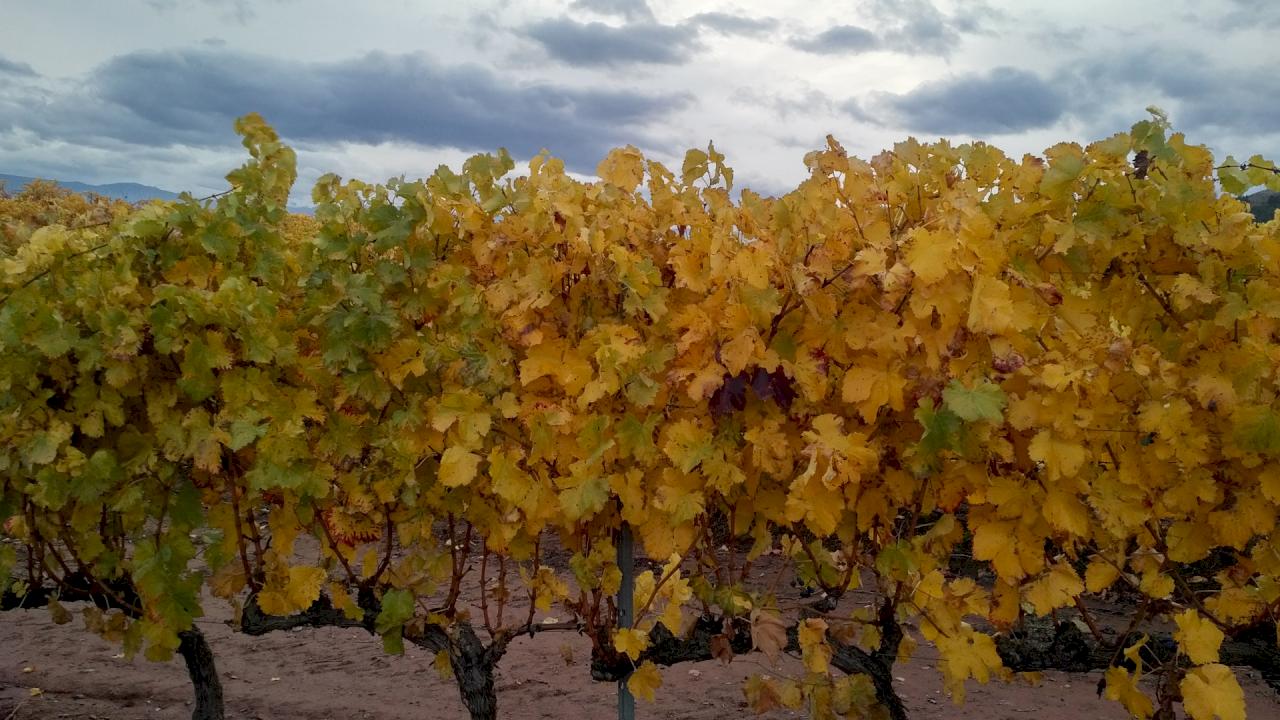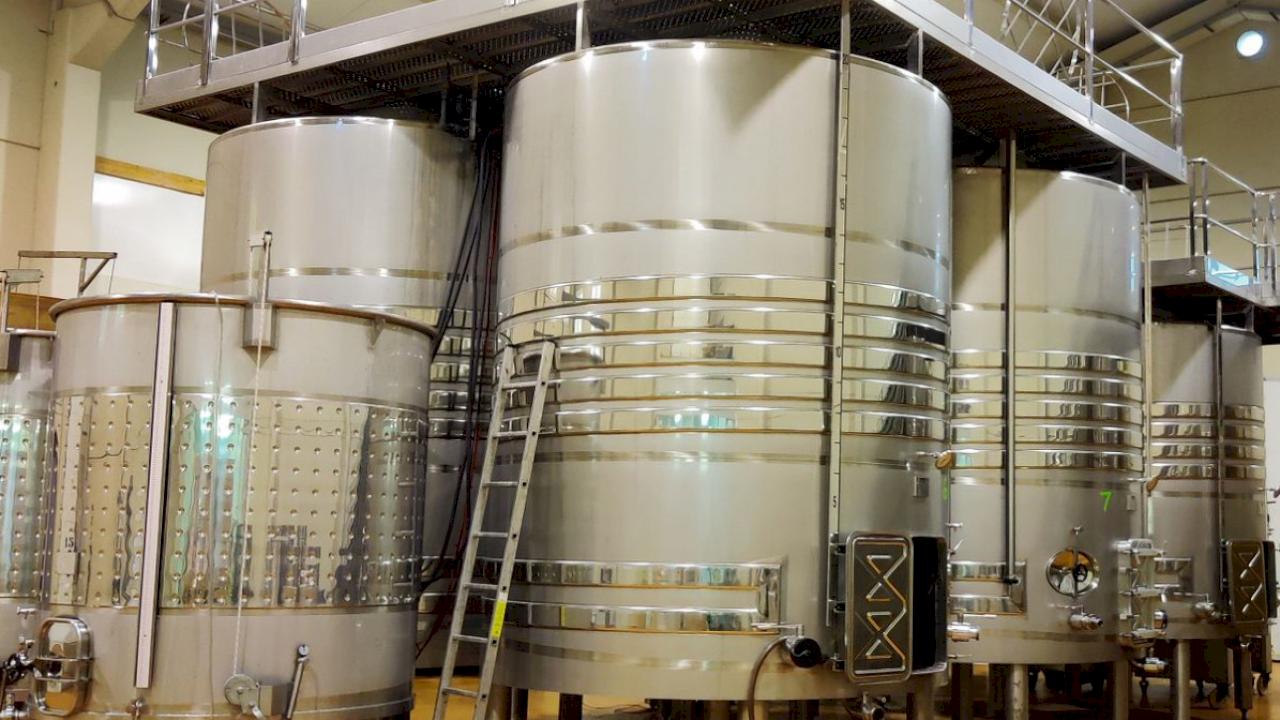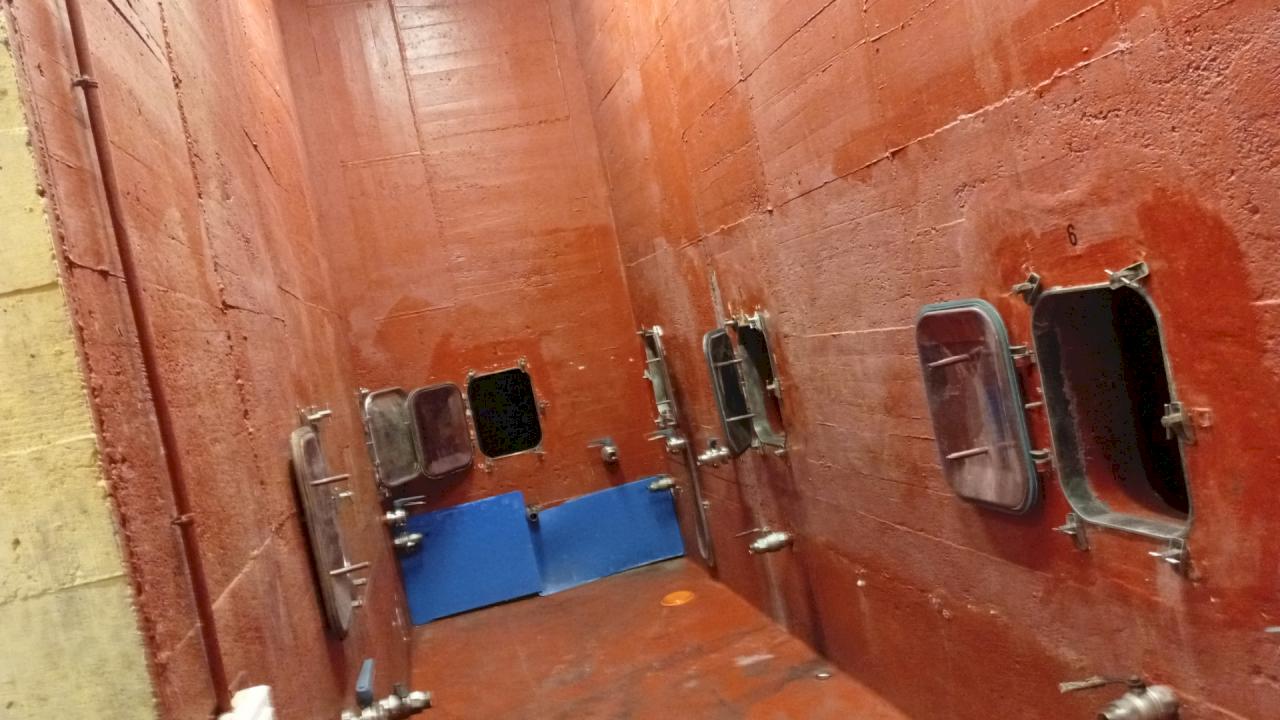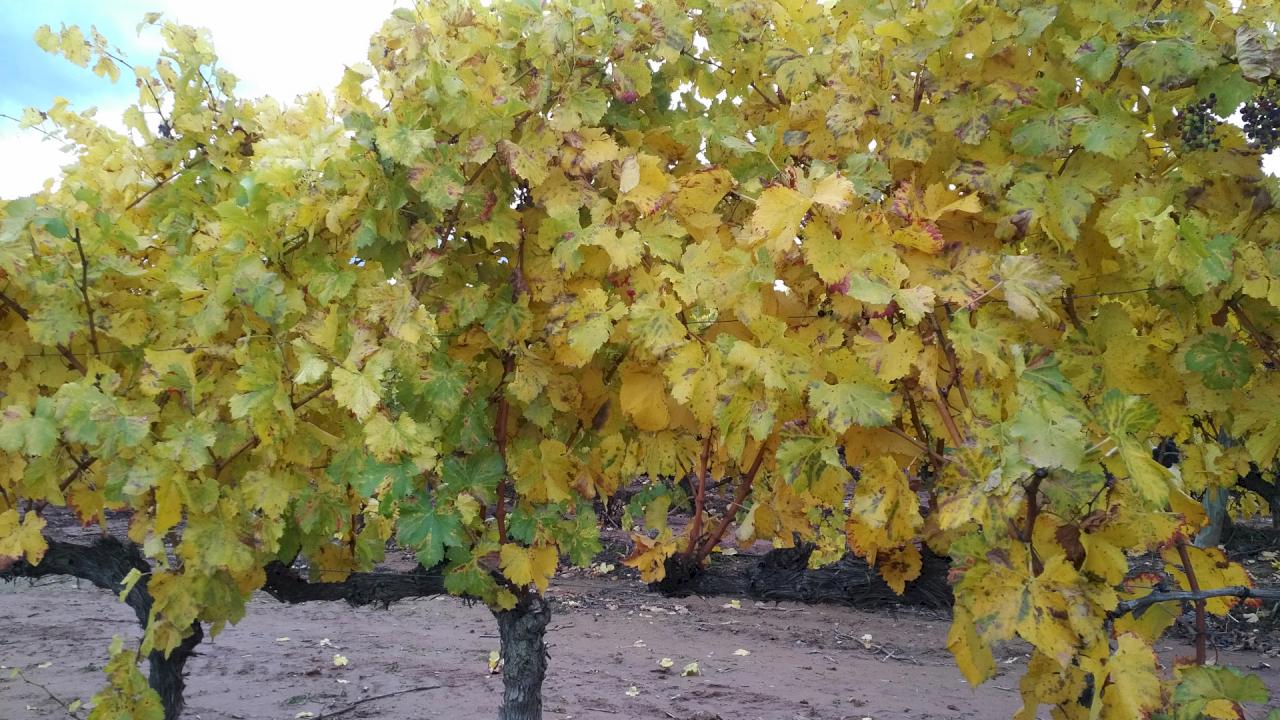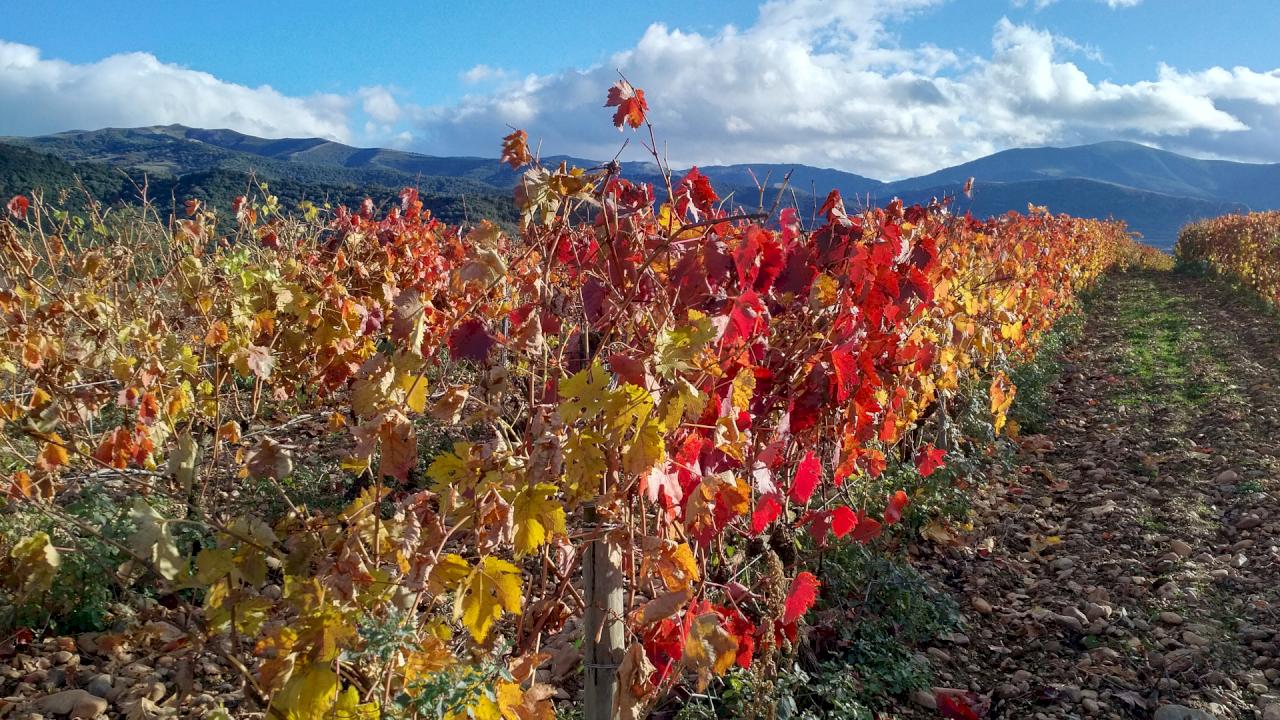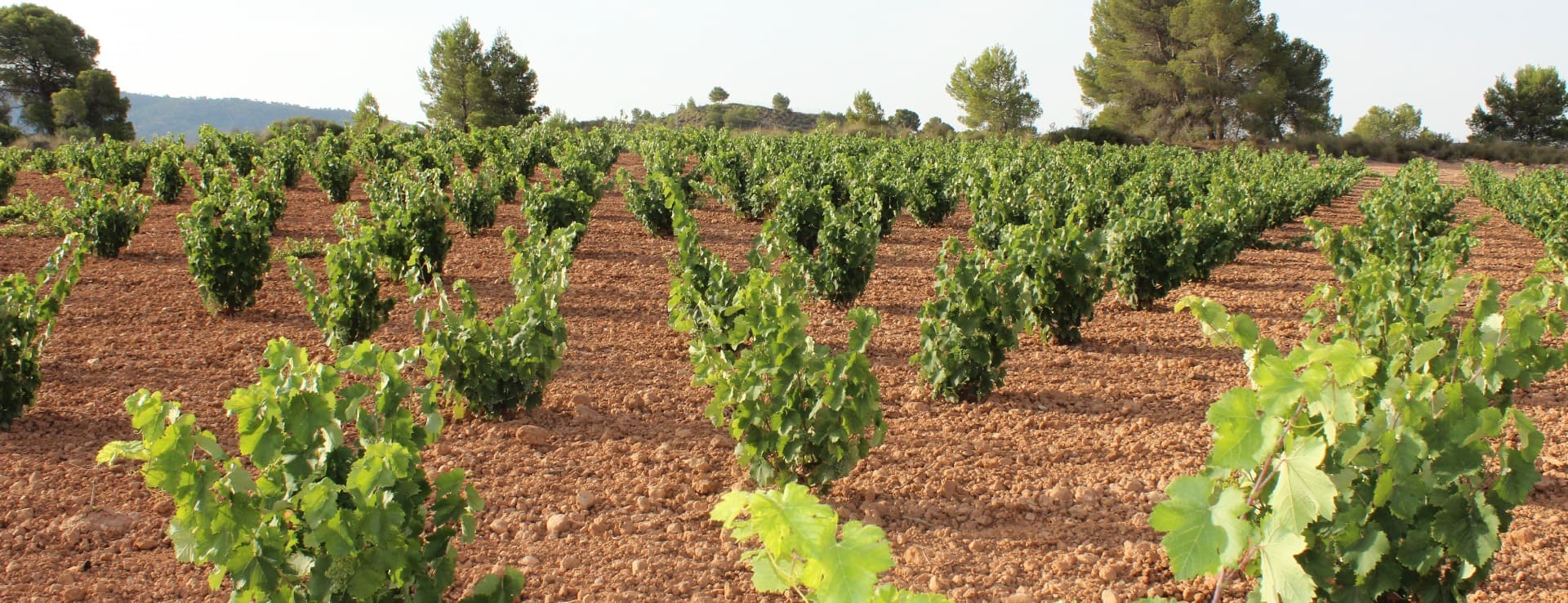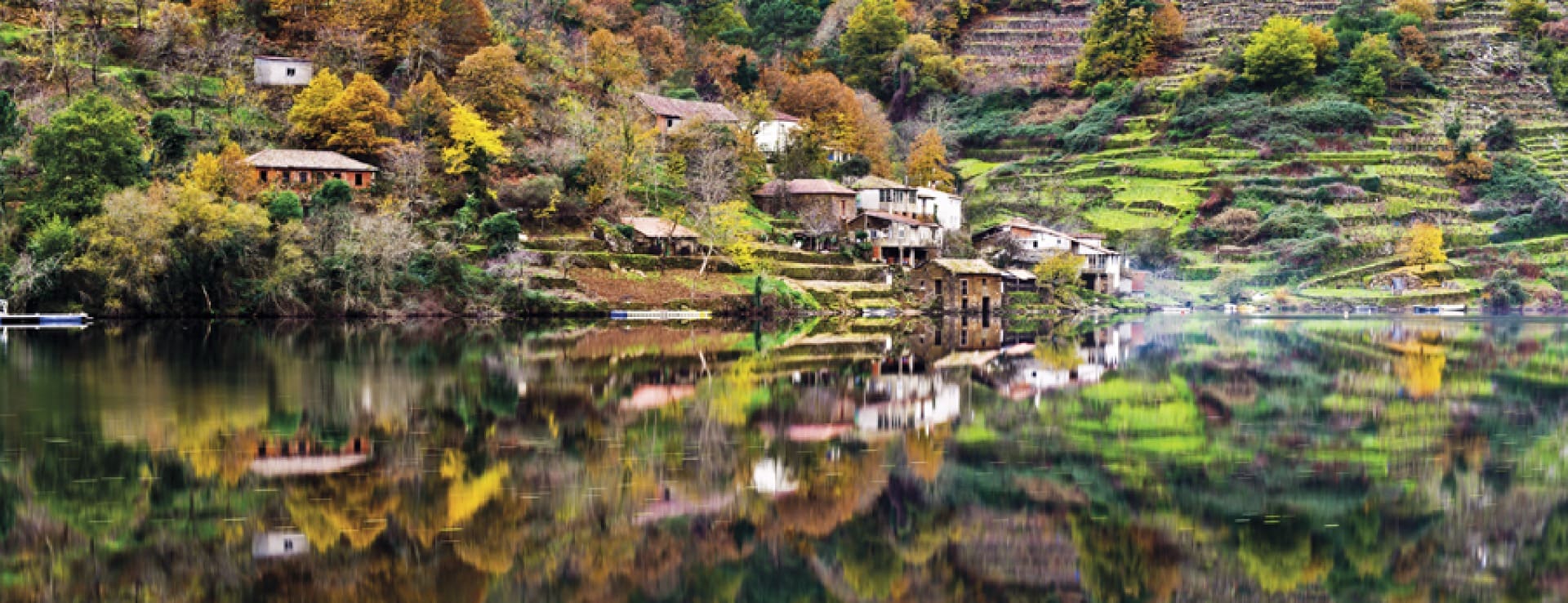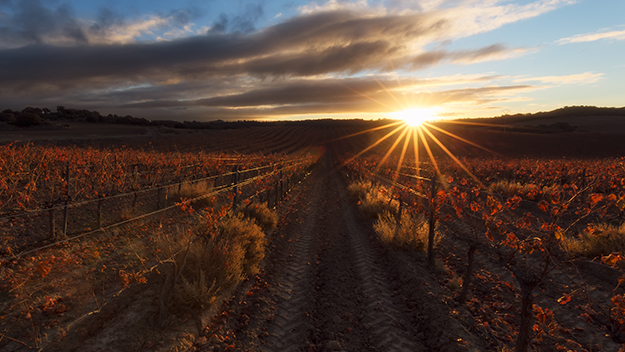Find your winery or vineyard
10 Wineries and Vineyards for sale in La Rioja
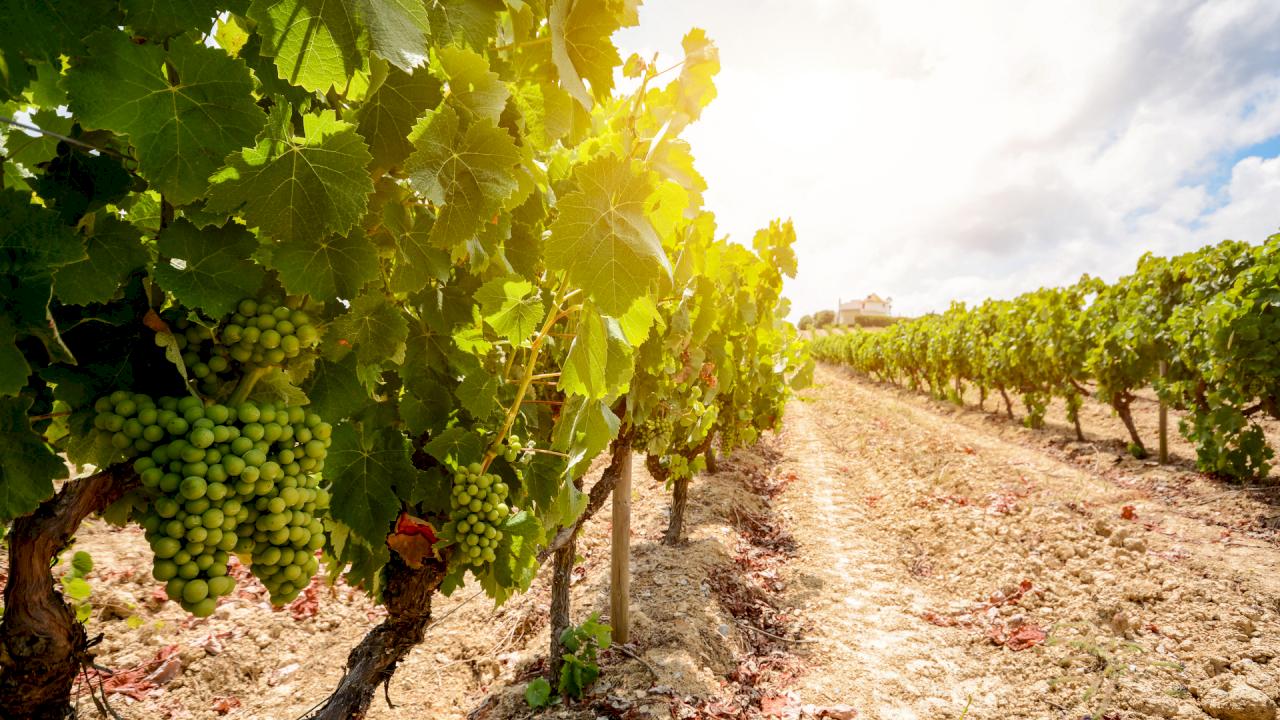
House with 12 ha of vineyards with a project for a Winery-Hotel in La Rioja Alavesa.
DOC Rioja
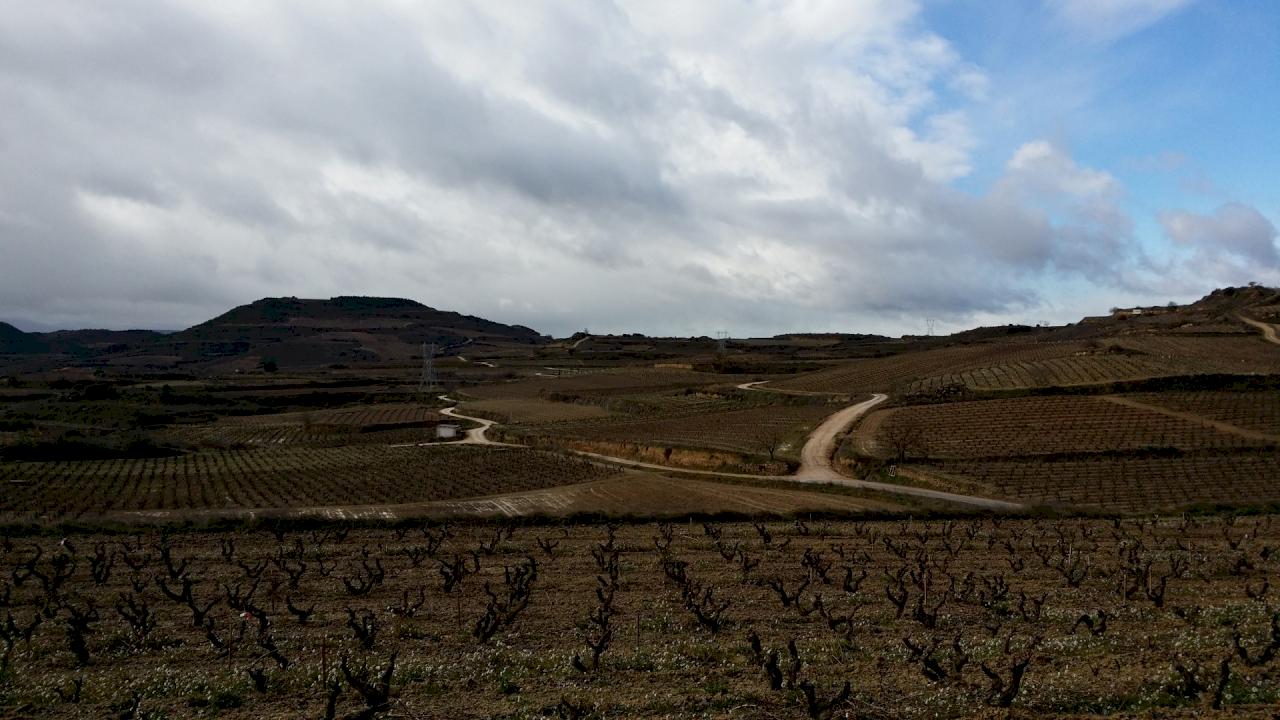
Winery for reds and whites with 18 hectares of vineyards.
DOC Rioja.
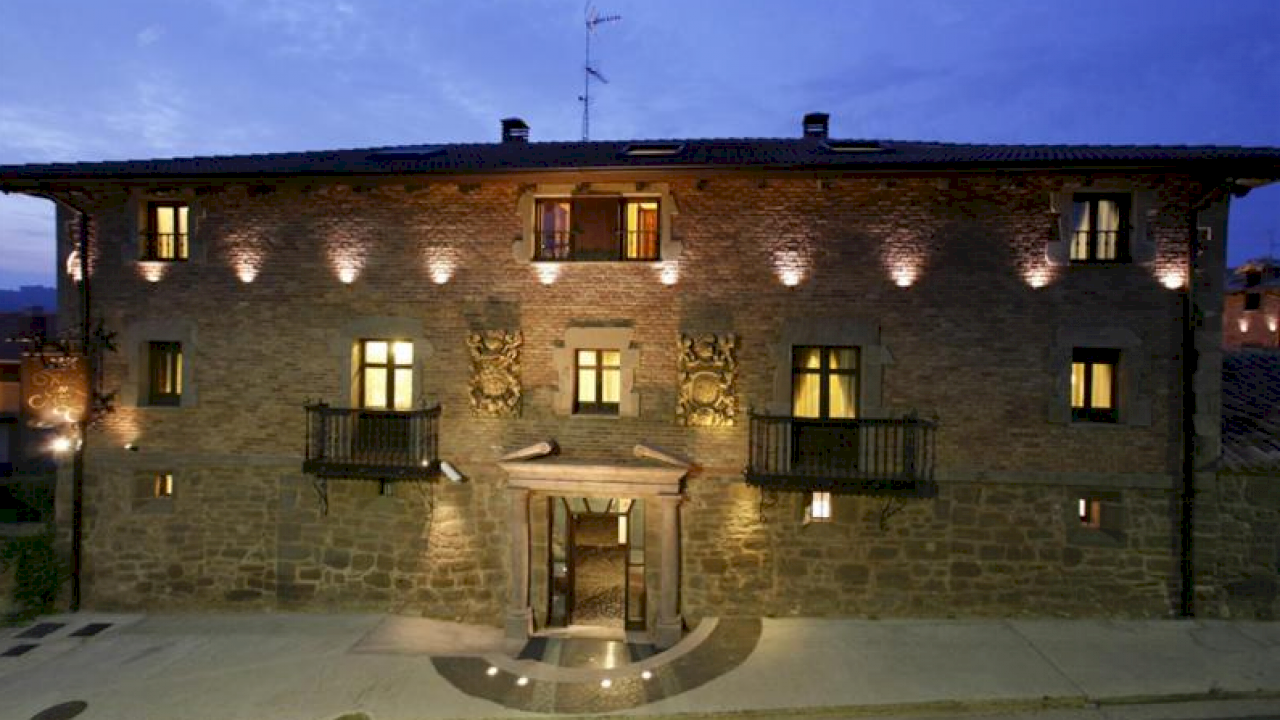
Hotel with cellar for sale in La Rioja.
Small-size hotel dating back to the 17th century with ancient cellar for wine storage in La Rioja.
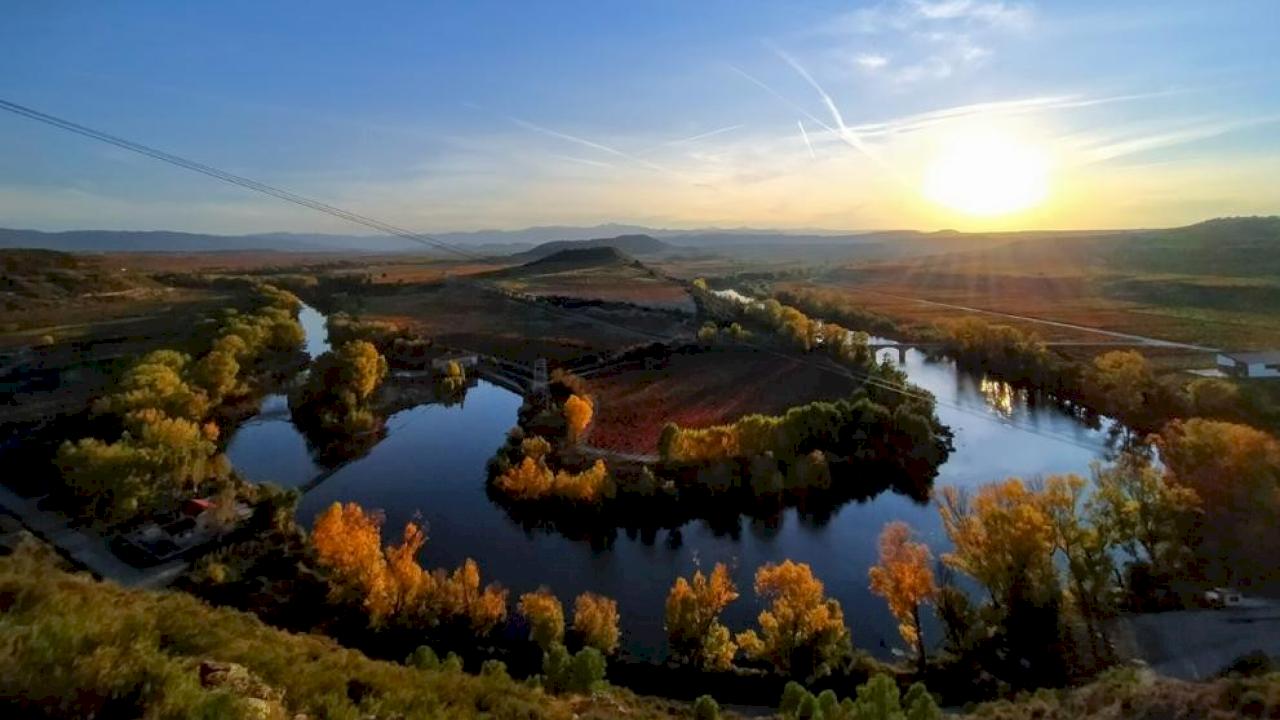
Winery for sale in the Rioja Alavesa region.
Winery with a production capacity of 500.000 litres located in the Rioja Alta wine region.
Infographic of the Denomination of Origin
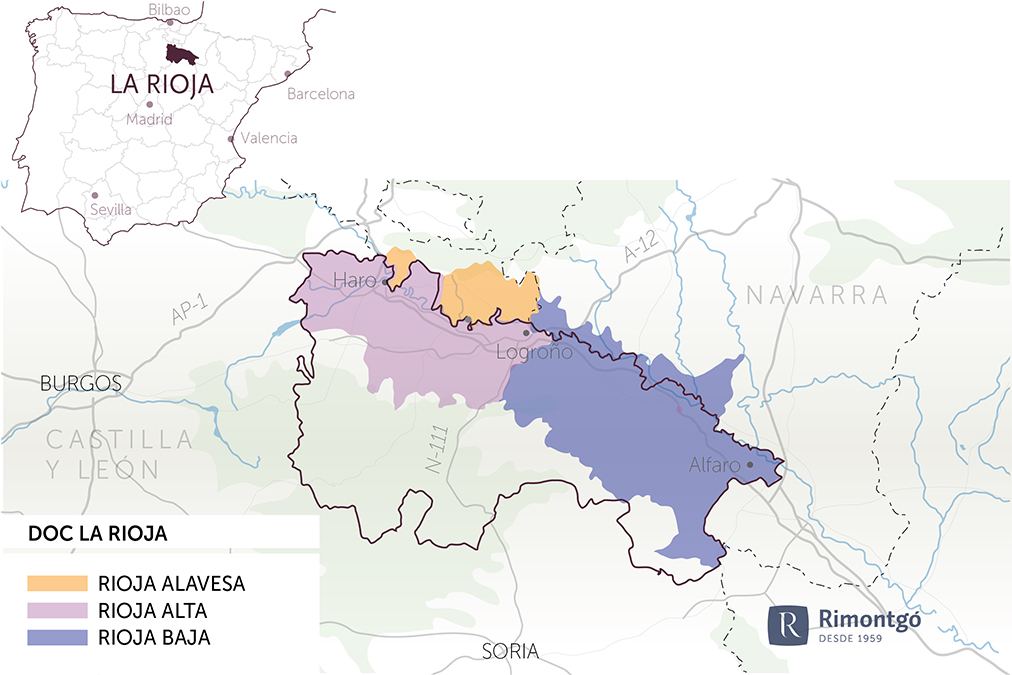
Change to imperial units (ft2, ac, °F)Change to international units (m2, h, °C)
D.O. year of foundation:
1925
Number of wineries (2017):
919
Total surface area:
63.137 ha156.012 ac
Maximum production allowed:
6.500 kg/ha5.799 lb/ac
Altitude of the vineyards:
Min: 350m
Max: 650m
Min: 1.148ft
Max: 2.133ft
Temperature:
Min: -4º
Max: 38º
Min: 25°F
Max: 100°F
Yearly hours of sun:
2.800
Yearly rainfall:
400 l/m237 l/ft2
La Rioja
In the autonomous community of La Rioja, we find the province with the same name which corresponds to the whole territory. In the past, it was called Logroño, which is the capital city. Bordering Álava, Navarra, Burgos and Soria; it has 174 towns, most being lightly populated which include Calahorra, Haro (the wine capital) and Alfaro.
HISTORY OF WINE
The religious communities and monasteries had a crucial role during the Reconquest in the restocking and culture of the vineyards in a way that they were covering the Duero and Alto Ebro gorges, growing throughout the Camino de Santiago. The document about the oldest vine found in La Rioja dates from 873 in the Cartulary of San Millán de la Cogolla. The Monastery of San Millán de Suso is also mentioned in 1024 as a vineyard owner in Nájera, which would later be passed to the Monastery of Santa María la Real. With the Monastery of San Millán de Yuso, they form a set of the Benedictine order key for the development of the vineyard.
In 1574, a bylaw prohibited the entry of wine from other cities. Felipe IV also passed a mandate by which any mule-drivers carrying goods to Logroño had to leave the city with their load of drink. One of the main problems for selling was the distance from the port. The solution will take the form of the creation of the town of Haro Station, which begins to take shape in the second half of the 19th Century, where the railroad will be converted into the main means of transport. The arrival of the French wine-producers to buy wine substituted the bad harvests of 1863 due to mildew and the phylloxera in 1867.
All the wineries that remain today are Spanish, there are no wine cellars of French origin. The first one to set up was R. López de Heredia in 1877. In 1879 he created the CVNE (Wine Company of Northern Spain); in 1886 he founded the Gómez Cruzado winery; in 1890he set up the Rioja Alta and in 1901, Bodegas Bilbaínas. Founded in 1932, Muga moved its headquarters to the Station neighborhood in 1970 and in 1987 Roda was set up.
WINES AND WINERIES
The Rioja wine is one of the most famous wines produced in Spain. In 1925, it was granted the first Designation of Origin in Spain, creating its Regulatory Board, and in 1991 it was also the first to obtain the Qualified Designation of Origin (DOCa). Rimontgó arranges the sale of wineries in all the DO zones which are usually divided in High or Low.
The Wineries of Rioja Alta are Bodegas Lan (Sogrape Group), Marqués de Vargas, Marqués de Cáceres (1970), Bodegas Palacios (since 1894), Vivanco (with its international museum of wine), Bodegas Riojanas (since 1890), Finca de los Arandinos (hotel spa), Bodegas Bilbaínas (1901), CVNE (1879), Gómez Cruzado (1886), La Rioja Alta (1890), López de Heredia (Zaha Hadid tasting room), Finca La Emperatriz, Martínez la Cuesta (1895), Muga (1932), Olabarri, Ramón Bilbao, Roda, Campo Viejo (Pernod Ricard group, architect Ignacio Quemada), Bodegas Franco-Españolas(1890), Marqués de Murrieta (1852), Marqués de Vargas, Bodegas Ontañón, Bodegas Montecillo (Osborne Group), Marqués de la Concordia, Bodegas Olarra, Amézola de la Mora, Bodegas Beronia (González-Byass Group), Bodegas Carlos Moro (Matarromera Group), Finca Valpiedra (Martínez Bujanda Family), Paternina (Marqués de la Concordia Group), Valenciso, Bodegas Contador (of Benjamín Romeo), Finca Allende (of Miguel Ángel de Gregorio), Bodegas Ollauri-Marqués de Terán (architects Javier Arizcuren Casado and Miguel Alonso Flamarique), Bodegas Óbalo (Avante Selecta group).
In the Rioja Baja there are Bodegas Egomei Marqués del Atrio, Barón de Ley, Viña Herminia (Caballero Group), Domeco de Jarauta or Palacio Remondo Wineries (with Alvaro Palaces).
POINTS OF INTEREST
La Rioja is famous internationally thanks to the quality of its wines, for how more than the 500 wineries constitute a great claim for visitors, and how it has made a strong commitment to wine tourism in the area. In addition to tours, tastings and stays between vineyards, they designed sports activities in tune with nature. The province has Mediterranean forests, high mountain ranges, and lunar landscapes, the outstanding Sierra de Cebollera Natural Park and the Arnedillo Biosphere Reserve.
The area is also linked to the Camino de Santiago, throughout which monuments and cultural attractions are found. Most is concentrated in the capital, Logroño, and in places of interest such as Santo Domingo de la Calzada and its Cathedral; or San Millán de la Cogolla and its monasteries Suso and Yuso; declared by UNESCO as a World Heritage Siteand known for being the place the first Spanish words were written.
D.O./Valle (wine regions)
Discover more wineries and vineyards for sale in these wine regions in Spain
Subscribe to our mailing list to receive news about wineries and vineyards.

